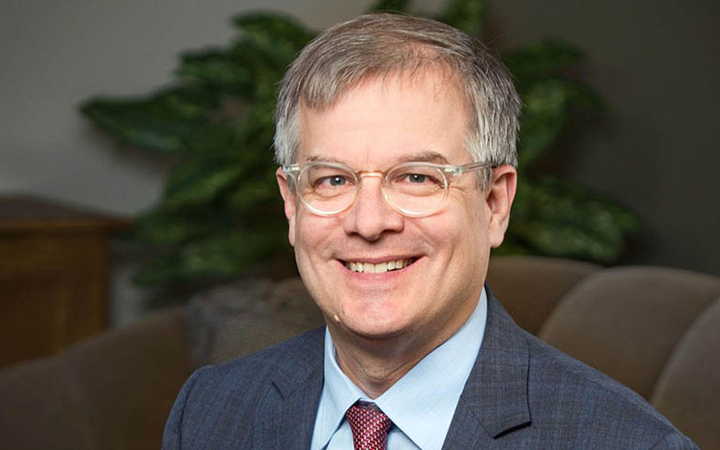Recently, the New York Times published a story about innovation in higher education, which prominently (and very positively) featured Willamette.
The whole special section in the Times was focused on the trendy topic of "disruption" in higher education. It isn't surprising that journalists, who lived through the collapse of local newspapers as their readers and advertisers moved online, are fascinated by Harvard professor Clayton Christensen, who predicted in 2011 that as many as half of the nation's colleges and universities could go bankrupt by 2020 or 2025. Suddenly every college that closes its doors provokes stories about a coming systemic collapse, as people forget similar predictions of doom going back to the late nineteenth century. Colleges come and go, as they always have, but Christensen's predictions have not come true.
Also this past summer, faculty from both AGSM and the CLA have worked with Deans Mike Hand and Ruth Feingold to develop curricular plans for new programs in computer and data sciences, following the Board of Trustees’ approval last spring. New majors to be launched over the next year by a cross-school “Committee of Studies” include a BS in Computer Science, a BS in Data Science, and an MS in Data Science. A joint degree pathway that combines a BS and MS in Data Science in four years (including a summer internship) has been proposed.
That doesn't mean Willamette can ignore disruptive forces. For the first time in history, the total number of American high school grads going on to college is falling. After rising through most of the 20th-century, family incomes have stagnated with a smaller and smaller fraction of the population capturing a larger and larger share of the rewards of technology-driven innovation.
As a result, student loan debt is growing fast and institutions like Willamette whose expenses are dominated by financial aid, personnel costs, and facilities maintenance find it very difficult to reduce costs without fundamentally changing the quality of the student experience. Federal investment in Pell grants has not kept up with either need or costs, and states like Oregon have not stepped into the gap. And despite all we know of the strength of liberal education as a foundation for a life of achievement, contribution, and meaning, students are understandably nervous about the future and increasingly choosing programs that directly connect to their post-college plans.
As the Times story illustrates, Willamette is actively responding to these challenges. Our community is and has been working intensely on these various challenges for many years. Collectively, we made the intentional decision to invest in growth strategies, like our new association with Claremont School of Theology, that can improve efficiency and hold down costs for all of our students (in recent years, we have both led our Northwest Five peer group for access and socioeconomic diversity and have had the lowest average tuition increases). With the help of faculty from all schools, we developed and invested in new programs that can help Willamette students connect liberal education with skills demanded in the job market with the business and management minor and the public health and data sciences majors. And we are creating "only at Willamette" programs that integrate undergraduate liberal arts with graduate professional programs. Inspired by the growing interest in our 3-2 BA-MBA and 3-3 BA-JD, each of which can save a student nearly $100k in tuition and opportunity costs, and by the fact that the majority of our students eventually pursue graduate study, we are exploring other ways to substantially bring down the total cost of education.
Earlier this month, our new 3+1 BS-MS in data science was officially accredited by the Northwest Commission: the first program we know of at any comparable institution that allows a student to finish a full bachelor's and master's degree in four years plus one summer internship.
I would have been thrilled if the Times had the space to discuss all of this exciting work, but the story they told was a great start. Now we have got to help those east coast readers who are discovering us for the first time learn how to pronounce our name.
It's Willamette, dammit.
Steve


